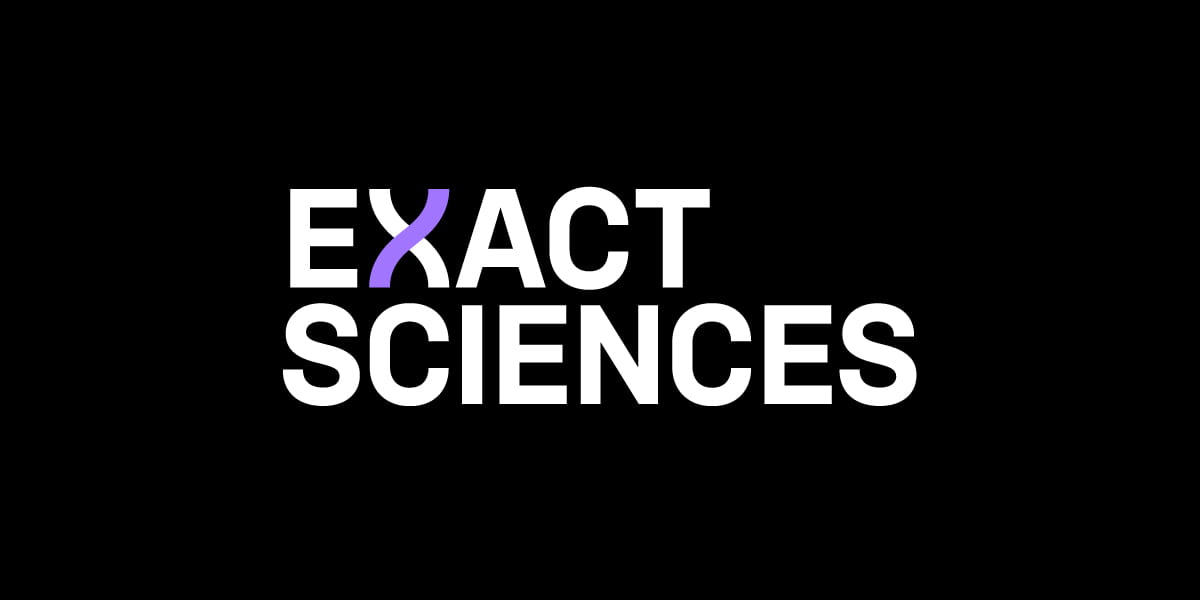High-quality lab work depends upon the ability to produce consistent, precise, reproducible results. Exact Sciences employs a metrology team, which makes sure that the company’s lab equipment runs optimally and is calibrated perfectly to deliver that precision.
Exact Sciences operates six labs in three different states and a few more around the world, so the metrology department handles a lot of equipment, says Exact Sciences Metrologist Brian Guggenheim.
“Occasionally, we’re asked to replace or remove working equipment,” Guggenheim says. “Sometimes it’s broken, but often it’s something that’s being removed because it’s no longer needed — older models that don’t meet our new needs or can’t be standardized because they’re discontinued.”
And like when people change desks and leave behind a tangle of unneeded office supplies, lab moves sometimes produce leftovers as well.
“Equipment that isn’t being used has had two pathways so far: being tucked away to take up precious square footage, or being disposed of through a vendor we pay,” Guggenheim says.
Some of the unneeded equipment still had useful life left. Guggenheim wondered: If Exact Sciences could no longer use the equipment, maybe someone else could?
A process for reuse
That sentiment fit with Exact Sciences’ commitment to sustainability. The company has pledged to operate its business and produce its products in a manner that respects and protects human health and the environment. Reducing environmental impact through continual improvement lies at the heart of company culture.
Exact Sciences had no process for donating decommissioned lab equipment, so the metrology team had to build one. They also had to figure out where donations would go. Metrology Senior Project Coordinator Jennifer Baird suggested schools.
“I come from a family of educators,” Baird says. “Knowing there is a need for real-world applications in the classroom, donating for educational purposes just made sense to me.”
One such classroom: the Oregon High School lab of biology and biotechnology teacher Peter Kritsch.
Kritsch agrees that science class is enhanced when it can offer students hands-on experiences. They help attract more students to the STEAM (Science, Technology, Engineering, Arts, Math) fields and help grow the next generation of scientists, he says.
“It’s meaningful to our students for them to collect their own data through experiments rather than a paper-and-pencil demonstration,” he says.
Schools can’t always offer their students access to professional-grade equipment. So the collaboration seemed like a natural fit.
Unfortunately, it wasn’t as easy as loading a few machines into a truck and dropping them off. As a healthcare company, Exact Sciences follows rules about how and where it can make donations. A public school district isn’t the type of nonprofit entity that normally would receive an Exact Sciences donation.
To make this work, Baird and Joanna Preston of Compliance Operations began reaching out to teams across Exact Sciences. Equipment owners, legal, accounting, community relations, and others came together to figure out an acceptable process that would allow for this donation and more in the future.
In June 2023, after more than a year of collaboration, Exact Sciences finally was able to donate equipment to benefit Kritsch’s biology students: a microplate reader, which is used to detect biological, chemical, or physical reactions or properties in samples, and a dry block, which helps achieve temperature stability and uniformity for samples.
The company now has a system in place for giving old lab equipment a second life. Departments can identify equipment that needs a new home, and groups interested in receiving a donation can contact Exact Sciences.
“We wanted to do this right the first time,” Preston says. “Now we have a framework for used equipment that we can apply here in Madison and later in our other locations across the country.”
It’s the kind of standardized, reproducible system that a team of measurement professionals can be proud of.


